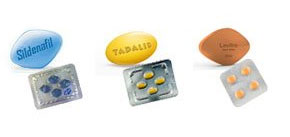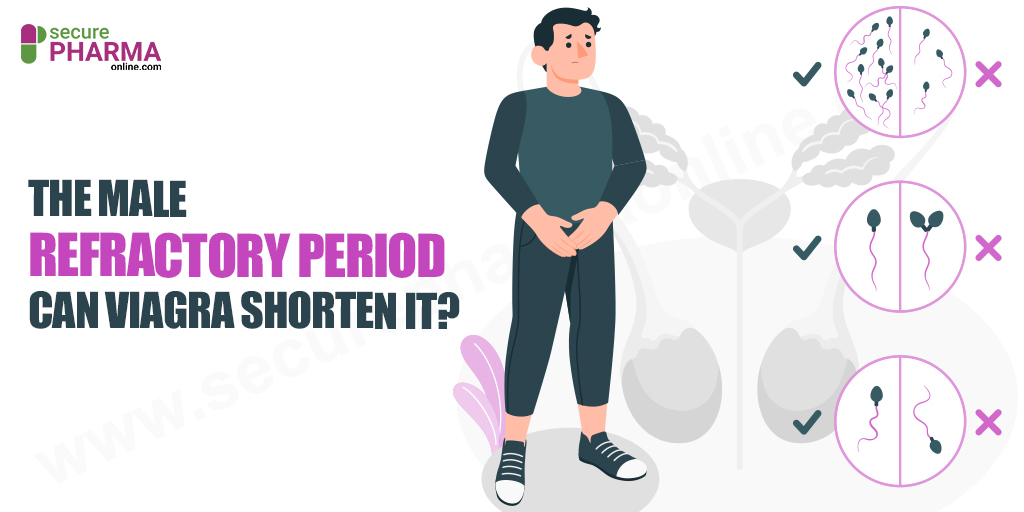How Do Racetams Work? A Brief History And Mechanism Of Racetams

What Are Racetams?
Racetams are a class of drugs used to increase cognitive abilities. They possess the same chemical functional group, a pyrrolidine nucleus, that imparts therapeutic effects. According to proponents, racetams activate glutamate and acetylcholine receptors in the brain. These receptors produce the most important neurotransmitters in the body. Glutamates perform inhibitory functions while acetylcholine signals the muscles to flex and contract, thereby controlling the posture of the body.
Effects Of Racetams
Racetams are basically smart drugs or nootropics (cognitive enhancers) for healthy and active people. It contributes to a wide range of effects:
- Greater memory retention
- Improved cognitive abilities
- Increase mental capacity
- Smoothly combat depression
However, some of these claims have been falsified by independent researchers and the Food & Drug Administration (FDA) due to which the sale of racetams to otherwise healthy individuals is controversial.
History Of Racetams
The first racetam discovered was Piracetam in the late 60s. It was the first nootropic. Its success led to the development of several of its derivatives:
- Piracetam: Developed in the late 60s. The first nootropic.
- Phenylpiracetam: Developed in 1983 by Soviet cosmonauts to reduce prolonged stress in space.
- Oxiracetam: Developed in the late 70s. Not approved by the FDA for any medical use.
- Aniracetam: Developed in the early 70s. Approved for sale in Europe but not America.
- Pramiracetam: Developed in the late 70s. Similar but more potent to Piracetam.
These compounds showed promising results in limited animal trials for Mild Cognitive Impairment and early Alzheimer’s and were widely distributed. But in 2003, the FDA ruled that Piracetam failed the new dietary ingredient filing or NDI, a process used to determine the safety of novel ingredients in medicines. As it did not meet the definition of a supplement, it was classified as a new, unapproved drug along with all its derivatives.
Racetams: Mechanism And Effects
1. Piracetam
The mechanism of Piracetam is not yet clear. According to the most accepted hypothesis, it amplifies neuronal function through membrane fluidity, usually disturbed in older brains, then subsequently increasing mitochondrial function.
In case this hypothesis is true, young people will likely not benefit from this very much. A small number of patients report “racetam headaches” which can be mitigated by using choline.
According to some researchers, Piracetam improves memory storage and accessing power in lab mice. This helps in creating new associations and thus improves creativity. However, the effect is not immediate, requiring up to fourteen days of usage.
Piracetam may also prevent many neurodegenerative diseases from diverse causes, including depression. Other effects that have been observed include treating brain damage to the cerebrum or cranium in adolescents, some improvements in attention spans, and enhanced motor skills.
It is also the safest racetam due to its low toxin content.
Also Read: Benefits And Side Effects Of Piracetams
2. Phenylpiracetam
Phenylpiracetam is scarcely studied. In-vitro experiments suggest that it binds to nicotinic acetylcholine receptors. In animal experiments, it seems to increase NMDA and nicotinic acetylcholine receptor density thereby increasing cognitive abilities. These animal models also suggest it has anti-depressant effects.
It has been observed to show anti-amnesiac, anti-convulsant, and anxiolytic properties. It is up to a hundred times as potent as Piracetam and has been observed to boost the nervous system.
Like Piracetam, it too displays memory-enhancing properties for amnesia patients and also neuroprotective properties for encephalopathy patients by treating their brain lesions via greater neural activity.
3. Oxiracetam
Oxiracetam is also very similar to Piracetam in effect. The fact that smaller doses of Oxiracetam are enough for much higher effectiveness as compared to Piracetam is the only difference.
Like other racetams, it seems to prevent scopolamine-induced impairment. It may improve certain age-related cognitive deficiencies, but it has failed to benefit Alzheimer’s patients.
Proponents have long exalted its anti-depressant effects and its ability to prevent mental fatigue. In-vitro studies show that Oxiracetam can activate longer neurotransmissions as part of a process called long-term potentiation (LPT).
LPT can strengthen synapses and thus improve communication between neurons. This can drastically improve a person’s ability to acquire and store information in long-term memory cases.
Oxiracetams have also been shown to not only treat impaired brain activity but also to increase resistance towards traumas. Some studies have also shown that it helps with Multi-Infract Dementia (MID) or vascular dementia, the second most common form of cognitive degeneration.
4. Aniracetam
It served as a treatment of strokes in Japan and Alzheimer’s in Europe. It has since been pulled off the shelves in Japan due to a failed clinical trial. It contains the N-anisoyl-GABA, p-anisic acid, and 2-Pyrrolidinone metabolites.
N-anisoyl-GABA can enhance acetylcholine, serotonin, and dopamine release, perhaps due to its interaction with metabotropic glutamate receptors. This gives Aniracetam’s unique mood-enhancing effects. In general, however, its cognitive enhancing-effects turn out to be a success too.
Various tests imply that Aniracetam improves the processes of learning and memory retention. It activates the AMPA receptors proving that it is a suitable treatment for anxiety, depression, and social impairments. It has also been able to slow down the onset of dementia and cognitive disability due to fighting off cerebrovascular diseases.
There have been some unproven claims that it also improves sensory experiences like perceiving colors, tastes, sounds and other sensory stimuli.
Also Read: Evolution, Benefits, And Working Of Nootropics
5. Pramiracetam
Pramiracetam is similar to Piracetam in effect, but the main difference is the much lower effective dose. It seems to partially reverse scopolamine-induced cognitive defects. Some evidence is also present to suggest that it may be more effective than Piracetam at restoring memory after head trauma.
Several studies have been done to prove Oxiracetam improves cognitive performance in already healthy individuals.
Pramiracetam can improve cognitive abilities from a process called high-affinity choline uptake (HACU). This process, tested in lab mice, provides an increase in the formation of chemicals that activate memory processing and accessing.
It had significant improvement in long-term memory, but no effect on short-term memory. It has also been observed to reduce forgetfulness in amnesiac and traumatized individuals.
Pramiracetam has also been shown to improve the cognitive abilities of young individuals with head injuries, perhaps from sports or hazardous work. Memories degraded due to toxins, illness, trauma. and sleep can be improved with the help of Pramiracetam.
Also Read: Best Racetams In The Market
Conclusion
The effects of racetams for patients with brain traumas and damages are well-studied and they have proved effective. The use of racetam among the healthy population cannot be as enthusiastically recommended.
Consumers should be alert and informed of the dosage, side effects, and drug interactions for their safety. Also, pregnant women should refrain from using these drugs. Ideally, unless you are a responsible individual, you must consume these nootropics only after being prescribed by the doctor.
Racetams do not provide immediate effects. Thus, for full effects to take place a few weeks should be given.
Also Read: Best Nootropics For Memory And Sleeping Issues
April 14, 2020 Sam Bell











Comments